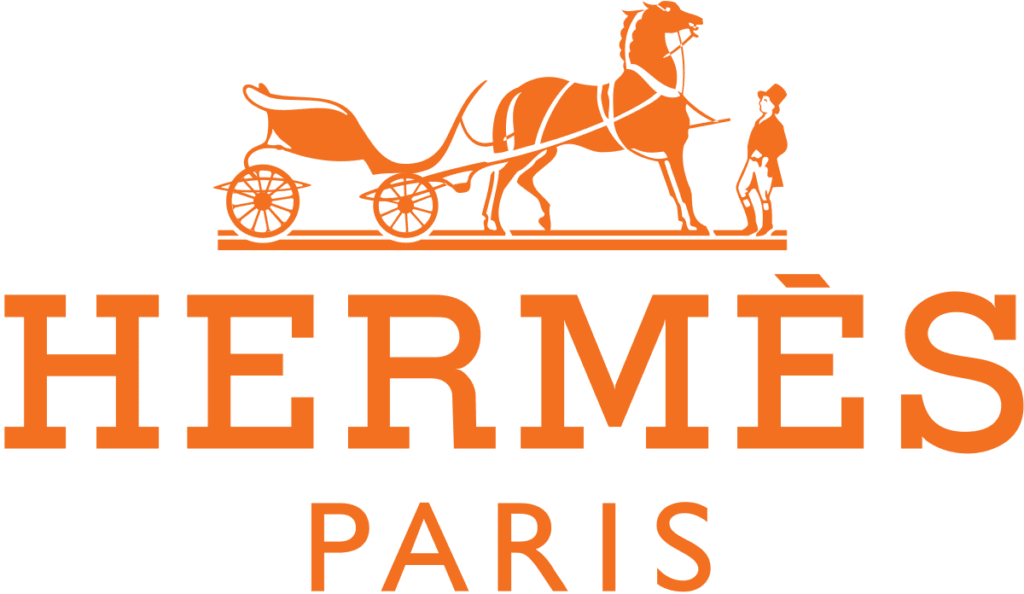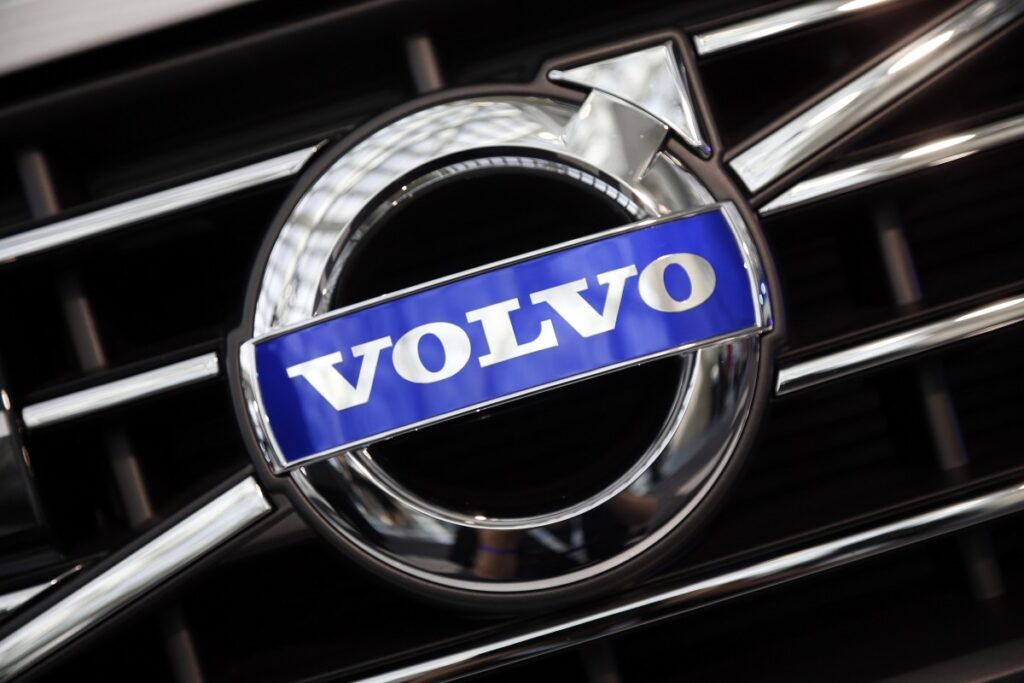Is Your Packaging Customer-Centric Enough?
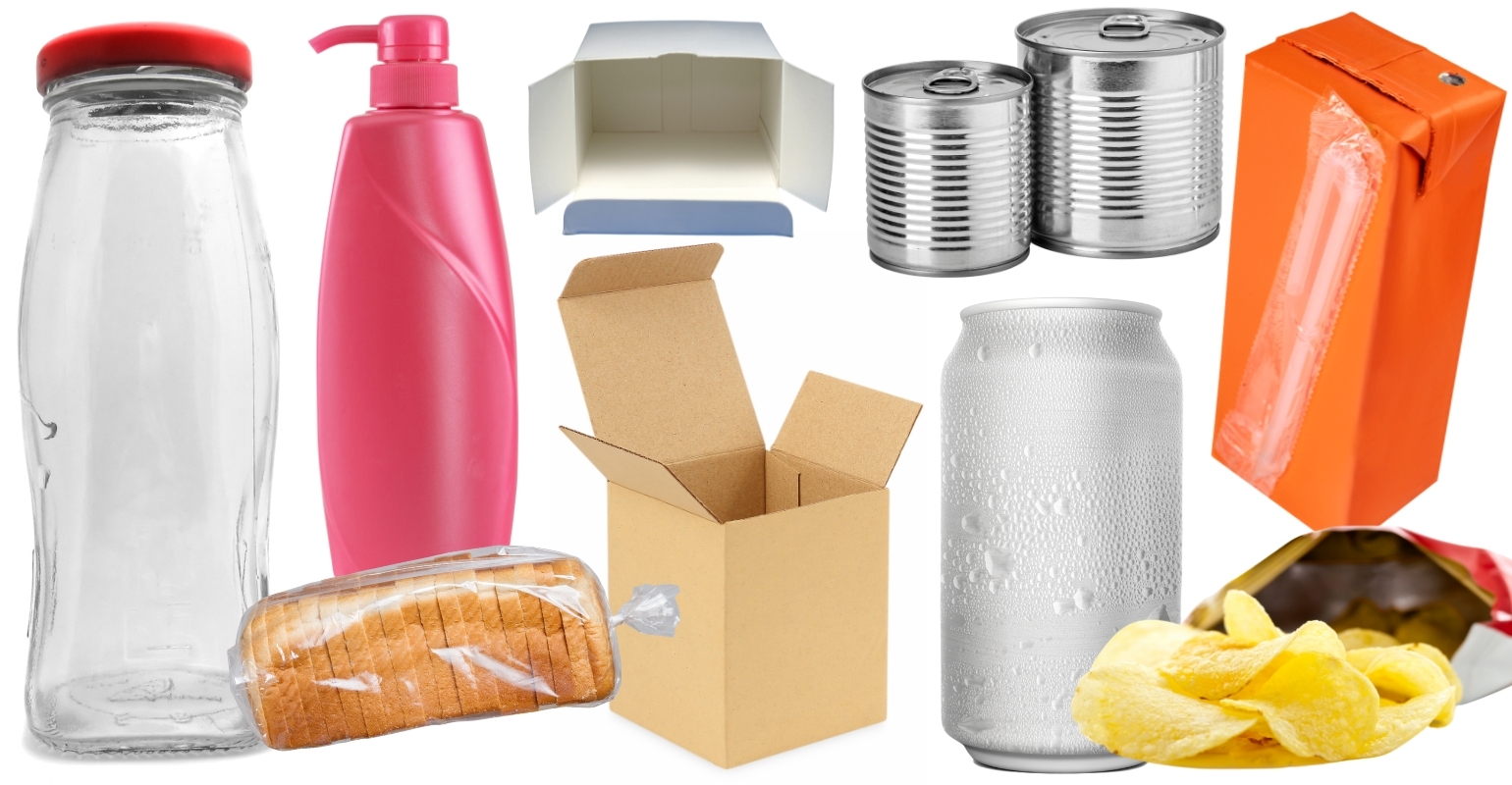
Great packaging isn’t just protective—it’s customer-centric. Learn how brands can create packaging that’s easy to open, reusable, sustainable, and emotionally engaging to build trust and boost loyalty.
In today’s hypercompetitive landscape, packaging is no longer just a functional afterthought; it has become a strategic asset. It’s a powerful touchpoint in the customer journey—one that can shape perceptions, build trust, and elevate brand value. But to truly stand out, packaging must move beyond protection and branding. It must be customer-centric—designed around the real needs, behaviours, and expectations of modern consumers.
Let’s explore what truly customer-focused packaging looks like and how your brand can embrace it.
From Functional to Thoughtful: A New Standard for Packaging
Traditionally, packaging has been about containment, safety, and shelf appeal. While these are still important, today’s consumers want more: packaging that’s easy to open, intuitive to reuse or return, environmentally responsible, and emotionally engaging.
“User-friendly” packaging today is really about *empathy*. It’s not just about ergonomic design—it’s about anticipating what your customers value and shaping the packaging experience around them.
Protection Is the Starting Line, Not the Finish Line
The first job of packaging is protection. But it must be ‘intelligent’ protection—ensuring the product arrives safely without overusing materials or compromising sustainability.
Example: HelloFresh. Meal-kit company HelloFresh utilises custom-fitted ice packs and insulation that maintain temperature during delivery, which can be recycled at home. This reassures customers and reduces environmental impact.
Some pharmaceutical brands now use tamper-evident packaging with temperature indicators, ensuring that the medicine is not only safe but also confidence-inspiring.


Ease of Use: Don’t Make Customers Work for It
Unboxing should be a smooth and stress-free experience. Overly complicated packaging can create frustration and leave a poor impression.
Example: Allbirds. The sustainable shoe brand Allbirds utilises a single box that serves as both shipping and product packaging. It opens easily and includes pre-printed return instructions and adhesive strips for a seamless return process.
Retail twist: Philips redesigned the packaging for its men’s razors to eliminate twist ties and plastic shells. The new boxes open like drawers—simple, frustration-free, and better for the environment.
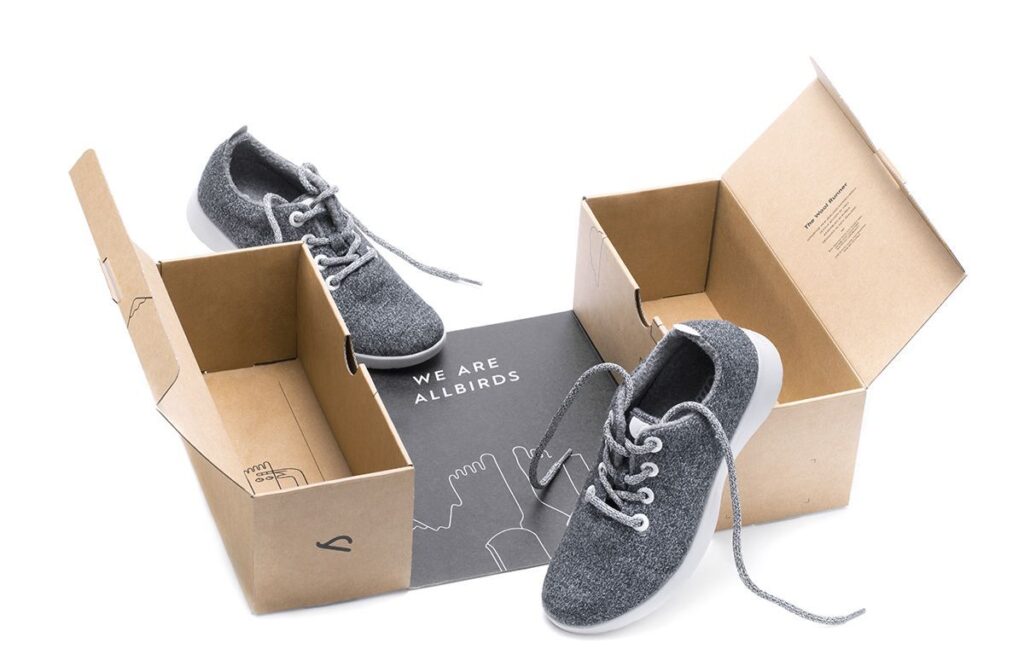
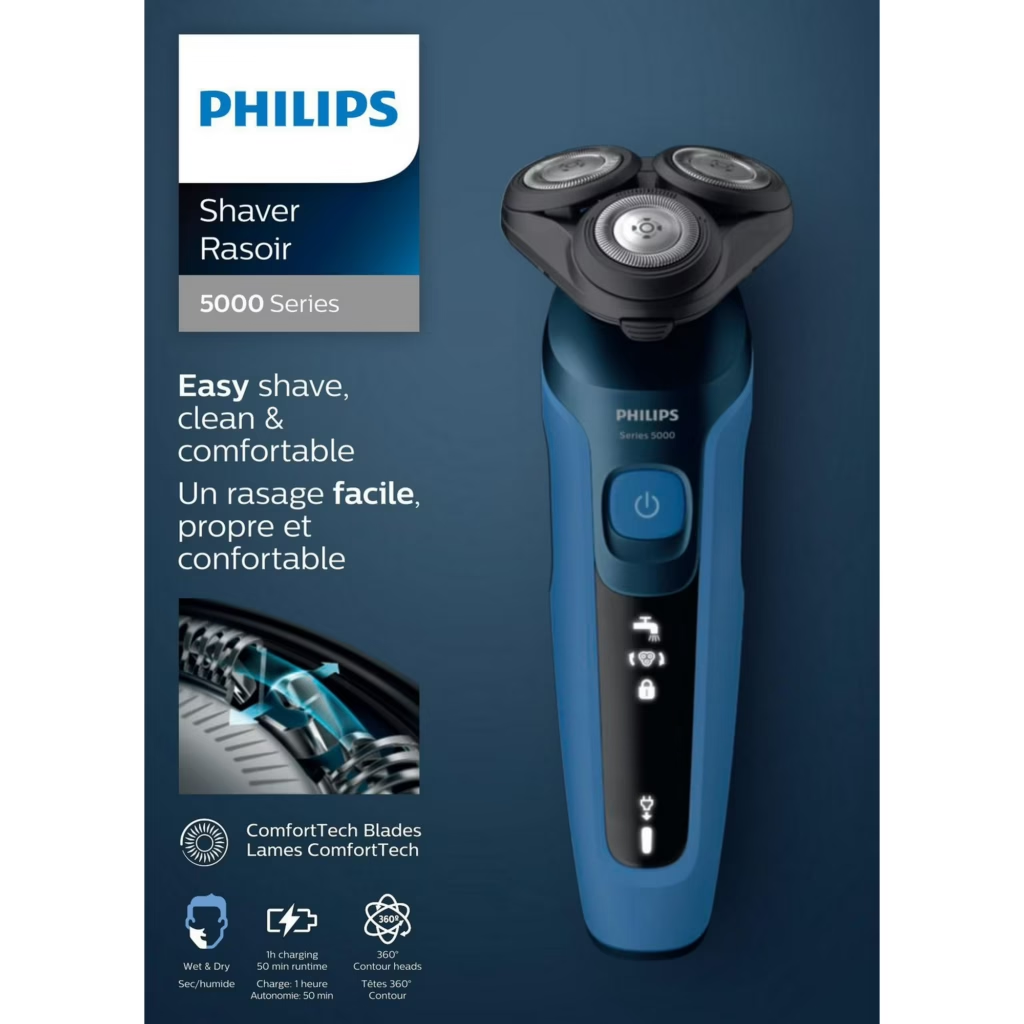
Second Life, Lasting Impressions
Packaging that gets reused reinforces brand presence and reduces waste. Designing for a second life shows foresight and care.
Example: Apple. Apple’s packaging—especially for iPhones and AirPods—is famously durable and reusable. Many consumers keep the boxes to store accessories or documents. That sleek, minimalist white box has become iconic.
Creative spin: Indian e-commerce brand Flipkart introduced corrugated boxes with printed board games on the inside—turning shipping waste into a playful moment for kids.

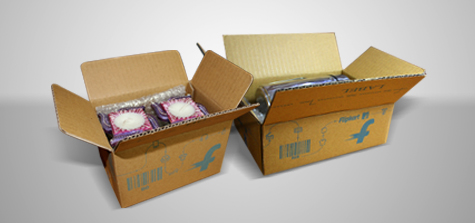
Adaptability and Convenience Matter
Customers have different needs—families vs. singles, urban vs. rural. Packaging must reflect that range of lifestyles.
Example: Heinz Dip & Squeeze Packets. Heinz created dual-function ketchup packs that let users tear off the top to dip or squeeze from the end—perfect for on-the-go snacking or drive-through meals.
Grocery innovation: Tetra Pak’s resealable, space-efficient cartons make storage easier and reduce spillage—especially valuable for families and bulk buyers.
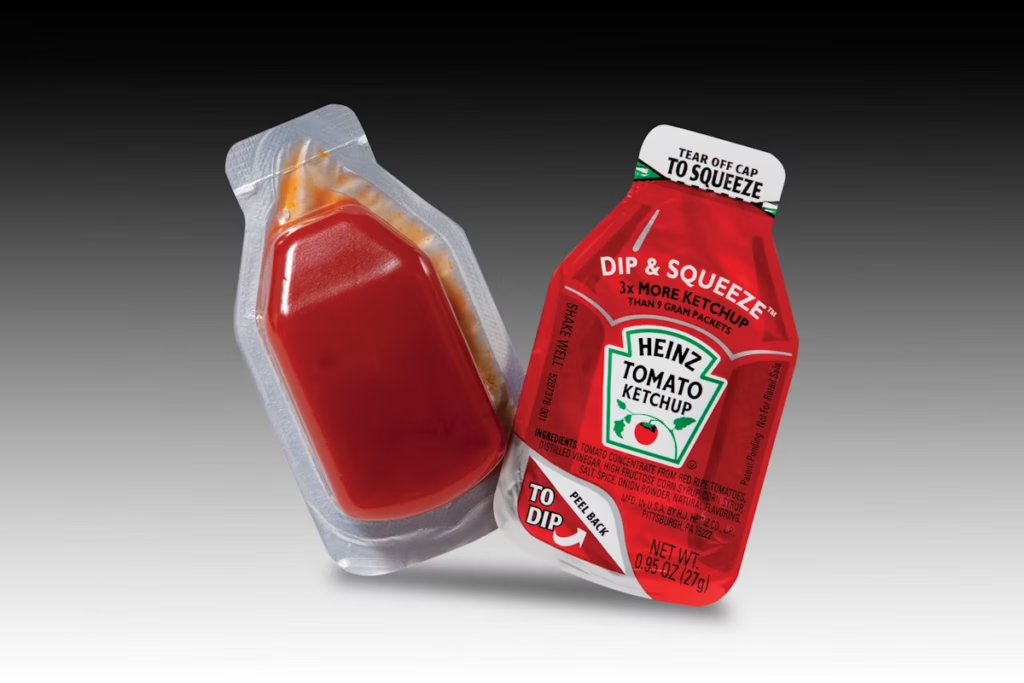

Delivering an Experience, Not Just a Product
Unboxing is now a ‘brand moment’. The sensory experiences of packaging, including its sound and sight, all contribute to how customers perceive value.
Example: Glossier. Cosmetics brand Glossier uses pastel-pink, bubble-wrap pouches that customers love to reuse and post on social media. The packaging is consistent, Instagrammable, and emotionally on-brand.
Luxury angle: Tiffany & Co.’s iconic blue box is instantly recognisable and cherished—perhaps even more so than some of the jewellery it holds.

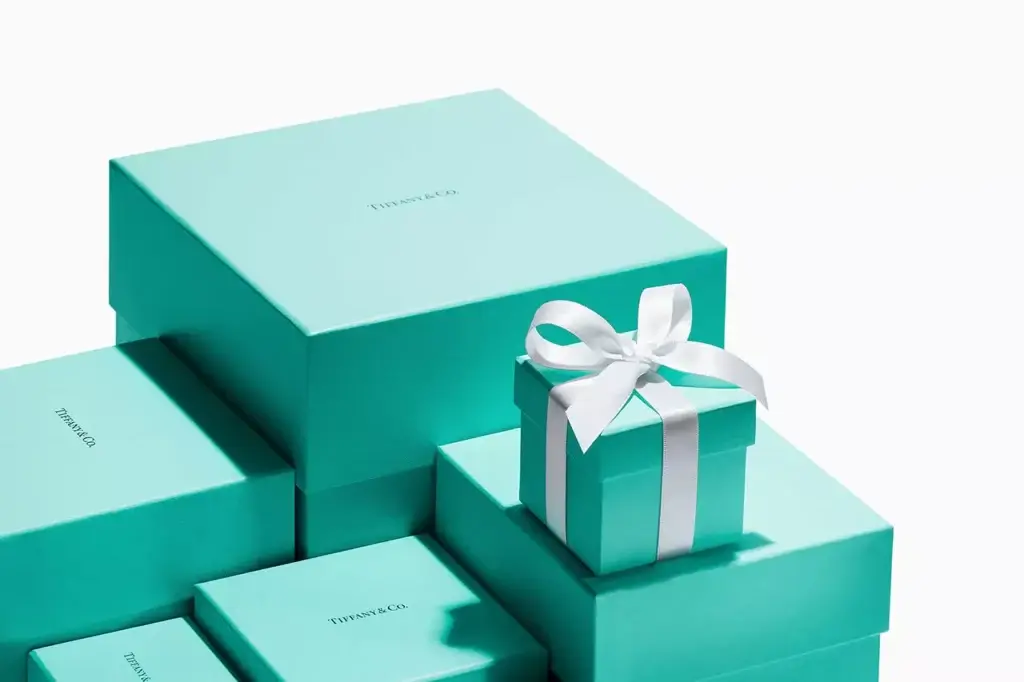
Brand Expression and Recognition
Your packaging is your brand’s voice at the doorstep. Strong visual identity and consistent messaging increase recognition and trust.
Example: Coca-Cola. From the contoured glass bottle to the signature red label, Coca-Cola’s packaging is instantly recognisable—even without text.
Direct-to-consumer twist: Subscription brand Dollar Shave Club prints witty one-liners and mini comic strips on the inside flaps of its boxes, reinforcing the brand tone while entertaining the customer.
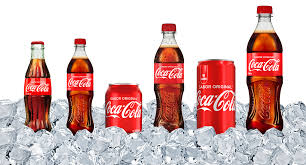
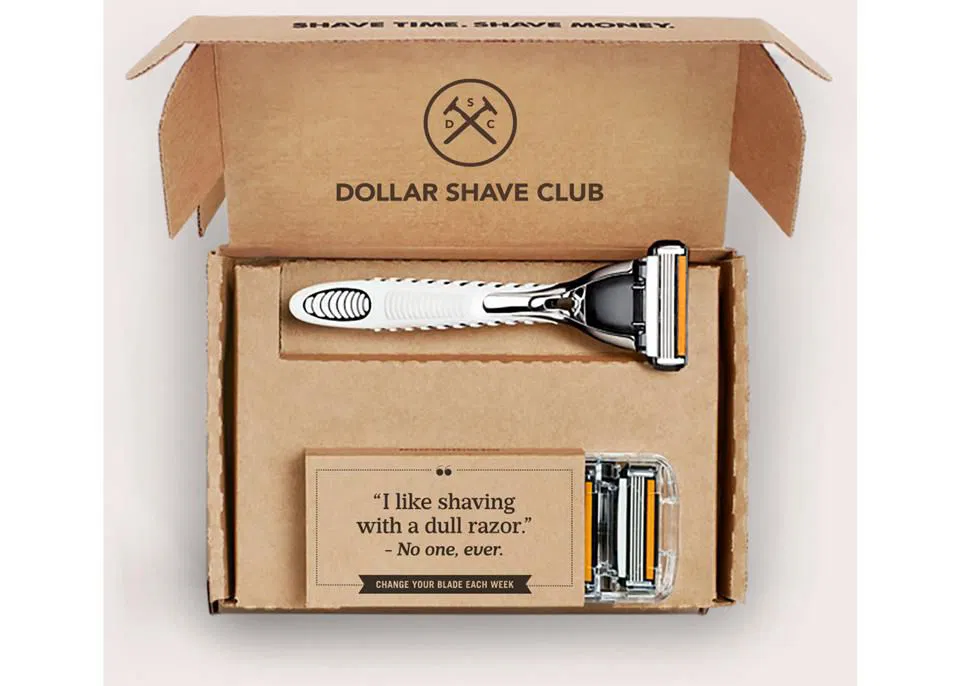
The Strategic Value of Customer-Centric Packaging
Packaging should no longer be treated as a cost centre. It’s a brand stage, a value amplifier, and often the first and last touchpoint of your product. When designed with the customer at the core, packaging becomes a differentiator.
Sustainability, usability, protection, and branding—these aren’t competing priorities. With innovative design and innovation, they can coexist and even enhance one another.
The brands that succeed tomorrow will be those that understand packaging as part of a larger ecosystem of trust, utility, and emotional connection.
Final Opinion: Packaging That Puts People First
So, how customer-centric is your packaging?
– Is it easy to use?
– Does it protect the product?
– Can it be reused or returned effortlessly?
– Is it designed to spark delight?
– Does it reflect your brand?
If the answer to any of these is “no,” now is the time to rethink your packaging strategy.
In a world where competition is fierce and attention spans are short, ‘thoughtful packaging isn’t a luxury—it’s a necessity’.

